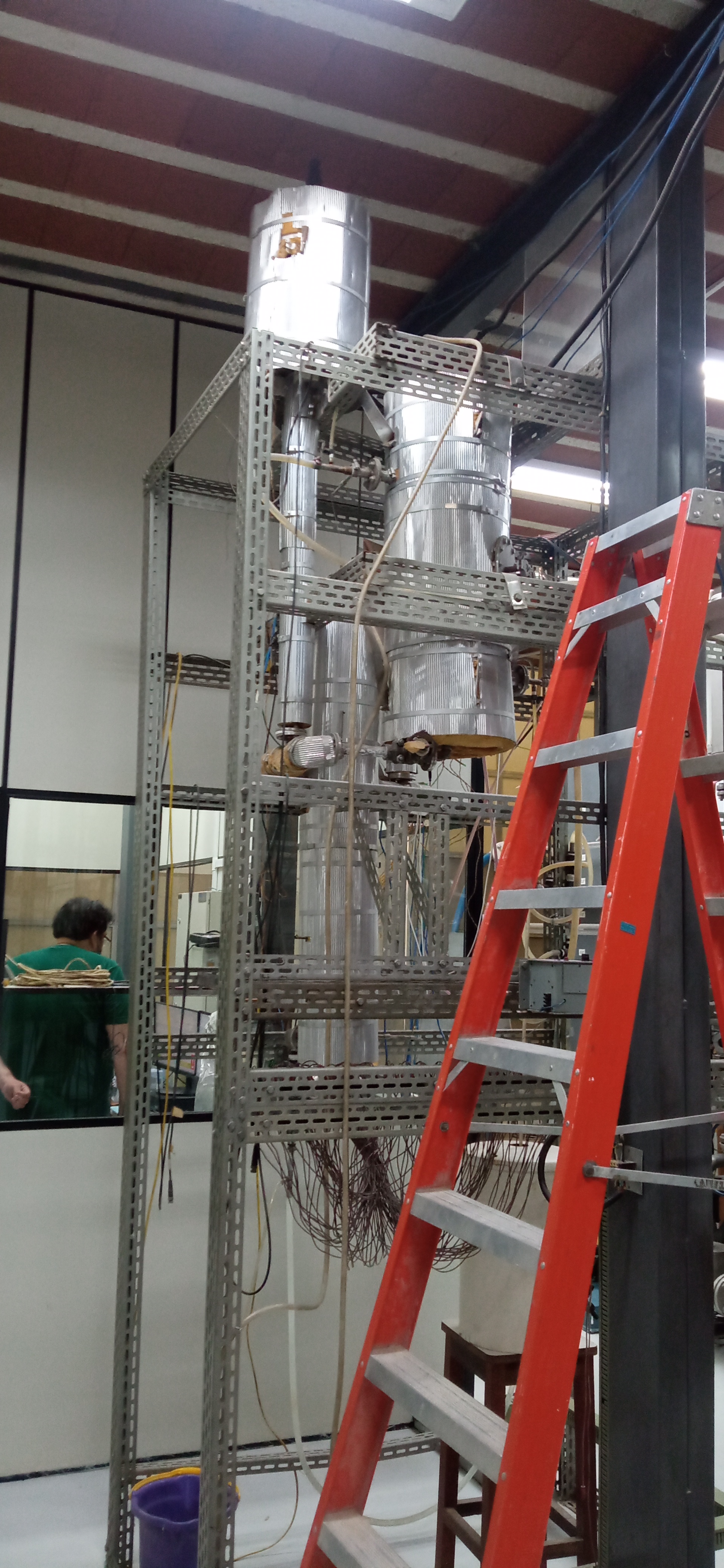Physics Informed Machine Learning for Modelling Natural Circulation Applied to Nuclear Safety
As the world races to decarbonize energy systems, advanced nuclear reactors emerge as a critical solution, delivering reliable, carbon-free power. A key innovation in these reactors is the use of natural circulation, a naturally ocurring phenomena that happens in fluids in the presence of a gravitational field without any external incluence, this phenomena can be leveraged in the reactor design to passively cool down reactors without the use of mechanical pumps, making then inherently safer.
Nonetheless due to the complex, non-linear, multi-physics interactions that governs this fluid flow phenomena, the computational simulations of such systems are often very computationally expensive, making it challenging do design and monitor reactors that leverage such phenomena.
That’s why in my current research project, being conducted as part of my Masters at the National Laboratory for Scientific Computing, we aim to study the possibility of using techniques from the emerging field of Physics Informed Machine Learning (PIML) to model the natural circulation phenomena, so we can measure the possible speedups and develop implementation strategies.
For that we’re using experimental data collected at the Institute for Nuclear Engineering (IEN, 🇧🇷) from the Natural Circulation Circuit experiment, which is a 4:1 scale in height model inspired by the AP600 reactor, as well as numerical data simulated using the OpenFOAM suite, to train and validate different architectures of PIML models such as PINNs and DeepOnets using Machine Learning frameworks like PyToch, Jax, and DeepXDE.
